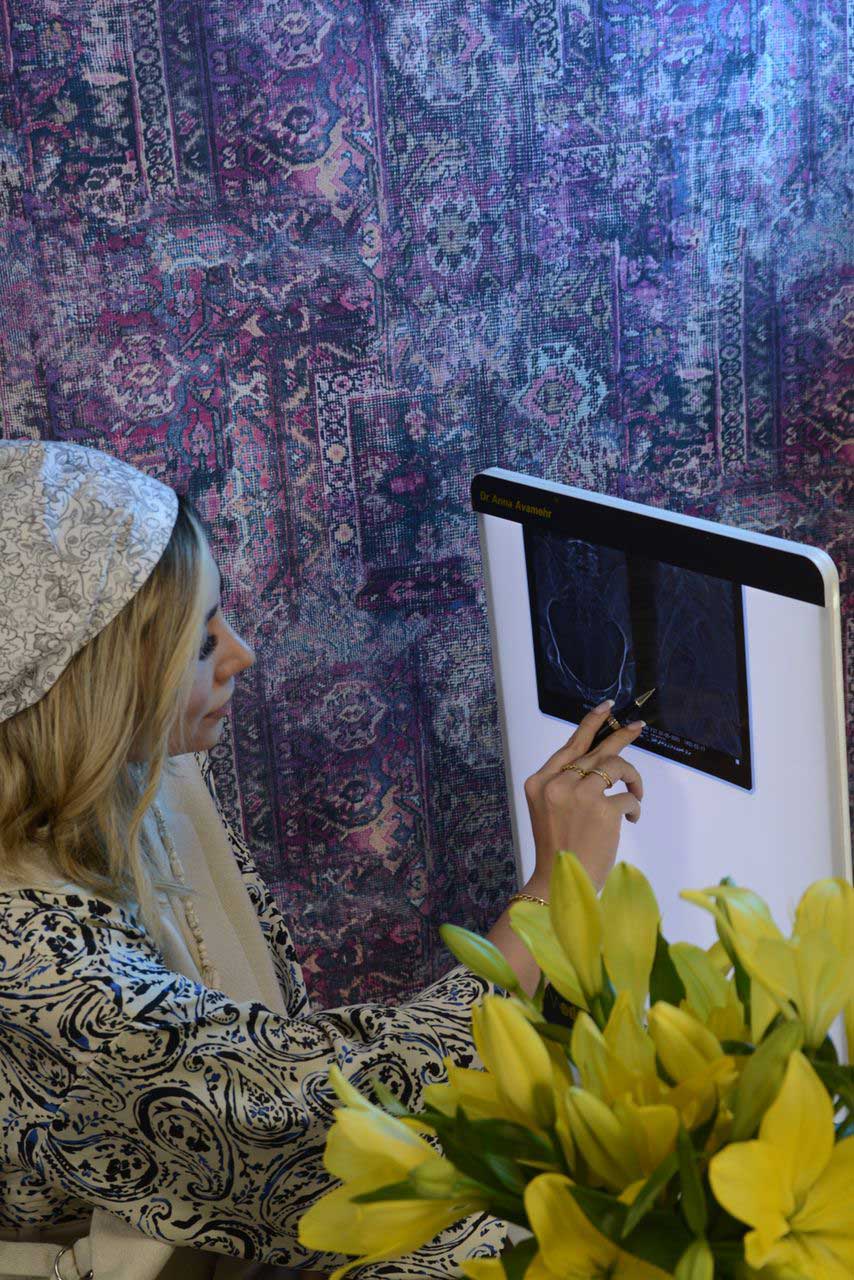Dr. Ana Avamehr is a distinguished specialist in physical medicine and rehabilitation based in Tehran, Iran. She earned her medical degree with honors from Iran University of Medical Sciences, where she also completed her residency in physical medicine and rehabilitation. Dr. Avamehr achieved a national distinguished rank in the specialized board of physical medicine, reflecting her academic excellence and dedication to the field.
Throughout her career, Dr. Avamehr has been actively involved in both clinical practice and academia. She served as a faculty member at Iran University of Medical Sciences, contributing to the education and training of future medical professionals. Her commitment to advancing medical knowledge is further demonstrated by her membership in the American Physical Medicine Association and the Iran Medical System Organization. Additionally, she has presented at the annual conference of physical medicine and rehabilitation in Iran, sharing her expertise with peers and colleagues.
Medical Services:
Dr. Avamehr specializes in non-surgical treatments for spine, disc, sciatica, and joint pain. Her services include:
- Lumbar Disc Treatment: Utilizing non-surgical approaches to manage lumbar disc protrusion and spinal canal stenosis, including intraspinal ozone injections.
- Joint Pain Management: Employing the latest methods, such as cell therapy and platelet-rich plasma (PRP) injections, to treat arthritis in the knee, shoulder, and ankle.
- Acupuncture: Providing acupuncture treatments for various musculoskeletal conditions.
- Heel Spur and Coccyx Pain: Implementing new techniques to alleviate pain associated with heel spurs and the coccyx.
- Neuropathy Diagnosis and Treatment: Diagnosing and treating symptoms like tingling, numbness, and numbness in the hands and feet.
- Osteoporosis Management: Offering exercise therapy and other interventions to manage osteoporosis.
- Electrodiagnostic Studies: Conducting nerve and muscle studies (EMG-NCS) to assess neuromuscular function.
Address: Kamraniyeh Shomali, Nabsh-e Daryoush, Paradise Tower, No. 29, 7th Floor, Unit 13, Tehran, Iran.



